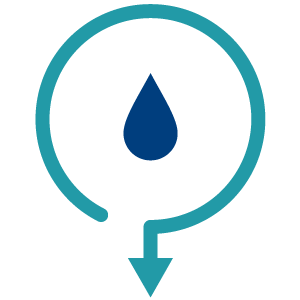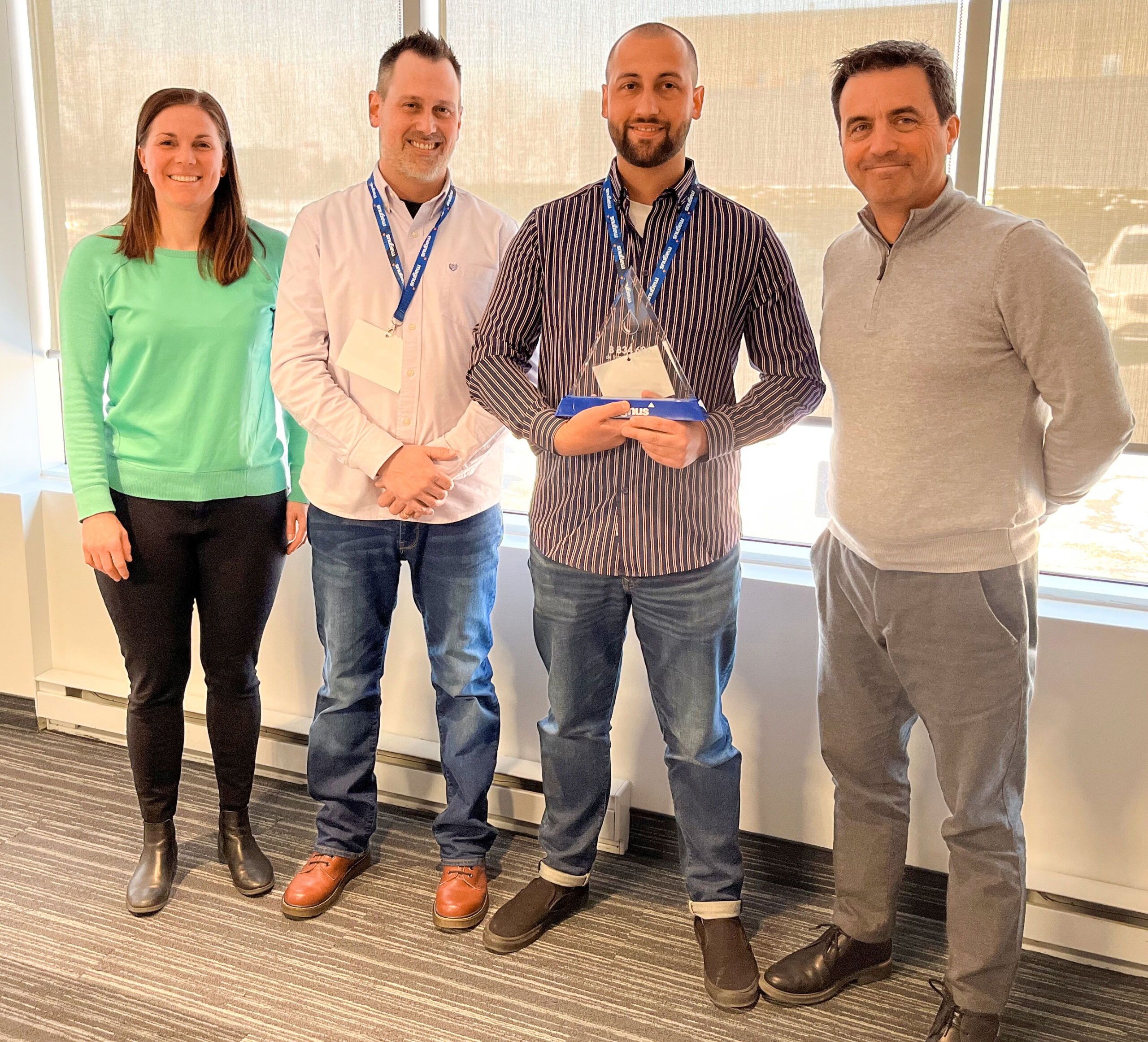FOR A REDUCTION OF THE CARBON FOOTPRINT
Case study: food processing plant
An eco-friendly treatment to save water

5%
reduction in energy consumption
(natural gas).

60%
reduction on
blowdown volume

90%
reduction in treatment
products used
CONTEXT
This food processing plant, operating in the poultry industry, uses steam primarily for the operation of scalders and the vacuum system, for cleaning and sanitizing surfaces, producing hot water, and heating.
The steam network consists of three natural gas-fired fire-tube boilers, used alternately or simultaneously according to the needs and production cycles of the plant. The main challenges observed are related to the rapid fluctuations in steam demand, causing frequent and drastic variations in the feedwater temperature.
These fluctuations lead to instability in the conventional sulfite-based treatment, resulting in increased corrosion risks, overconsumption of treatment chemicals, and the harmful addition of mineral salts to the boiler water. This situation directly impacts operating costs due to increased blowdown requirements and, consequently, higher energy consumption.

Let's honor Unidindon, one of the leaders in the agrifood industry, for saving more than 8 million liters of water!
“This distinction highlights our process optimization efforts to improve our ecological footprint.’’ - Sébastien Jetté, Chef de maintenance.
OBJECTIVE
The goal of the management at the facility was to optimize the treatment program to prevent energy loss, reduce blowdown water volumes, and minimize the use of chemicals while improving the protection of their equipment.
Solution
The implementation of Aquafilm-V technology for the treatment of the steam network was the ideal solution for this facility. The corrosion inhibitor is not sensitive to the concentration of dissolved oxygen in the feed water, which varies with temperature. This characteristic ensures great stability in both the treatment and product consumption.
Additionally, since the corrosion inhibitor is organic, it does not contribute to the salinity of the boiler water, resulting in reduced blowdown requirements.
Furthermore, Aquafilm-V offers easy application and provides optimal protection for the entire steam system, including boilers, the feed loop, and the condensate network.

aquafilm V forms a protective film on metal
RESULTS
The results obtained during the first six months of using this technology have proven to be very conclusive. Significant improvements were measured for the three project objectives: reduction in energy, water, and treatment product consumption.
Another significant advantage for the client was the use of a single product to replace three, as usually required with conventional treatment. This change significantly reduced handling and minimized health and safety risks for the operational staff.
Conclusion
The use of Aquafilm V technology has led to considerable savings while improving performance and simplifying the water treatment application for the steam production system. By eliminating the mineral content from conventional treatment, it has been possible to reduce water, energy, and chemical losses during blowdown.
